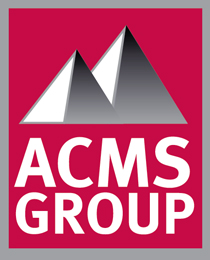Nearly any time you construct something, jointing is involved. Jointing is simply fastening two pieces of a material together. The method and type of fastener may change, but the overall concept remains the same. However, when it comes to engineering, proper jointing must be carefully designed and tested. Depending on the project, your joints may undergo extreme bearing stress. Here is an overview of the complexity of bearing and jointing, and the type of stress joints can endure.
Types of fasteners
The types of fasteners used in major construction projects are similar to what you might use in an everyday DIY project:
- Bolts: Bolts use washers and nuts to help fasten two non-threaded parts together. The bolt, nut and washer force the parts together and keep them in place.
- Screws: Screws have a head on one end and a threaded portion at the other. They’re typically tapered to a fine point at the end so they can be driven into other materials.
- Nuts: Nuts are flat steel pieces with a hole in the middle and internal threads. They’re used with mating bolts in order to fasten pieces together. Typically, nuts are hexagonal, although they may be manufactured in different shapes depending on the project.
- Studs: Studs have external threads, but no head. They’re typically used with a nut on one or both ends. If you use studs in your project, take care to ensure that they’re not too long, as that can invite corrosion.
- Anchor bolts and screws: Anchor bolts allow objects to be attached to concrete surfaces. They’re heavier duty than typical bolts, and one end is embedded in the concrete. The threaded end remains exposed so objects can be attached. This is often used in foundations.
Types of stress
Understanding how much stress your joints can bear is the key to maintaining their structural integrity for the long term. Engineers have to not only calculate how much of a load the joints can bear, but they also need to calculate the pre-load amount. Here are the different types of stresses to account for:
- Bearing stress: Bearing stress is the stress on the actual hole a bolt goes through. The force of the load affects the area between the fastener and the hole.
- Shear stress: This is calculated by dividing the amount of force by the area of the fastener. If direct shear can be achieved, this is ideal, as it reduces the possibility of slippage.
- Tear-out stress: This type of stress shears the material around the hole rather than the bolt itself.
As you can see, there are plenty of considerations that go into jointing—especially when the project is a part of major infrastructure. User safety depends on having the right kind of joints and fasteners to support the construction. Working with skilled engineers helps ensure that your project will turn out as safe and supported as possible.
For help overseeing your next construction project, get in touch with the team at ACMS Group today to schedule a consultation.
